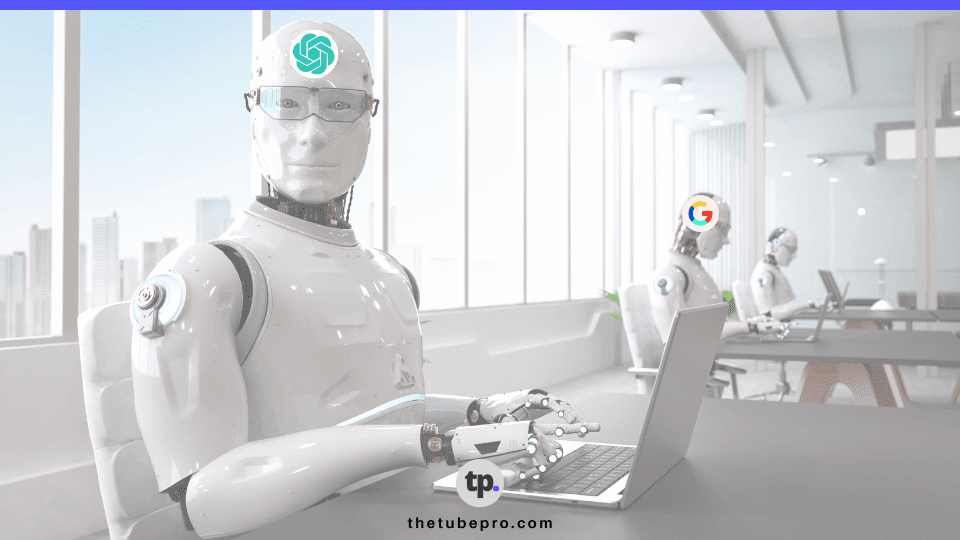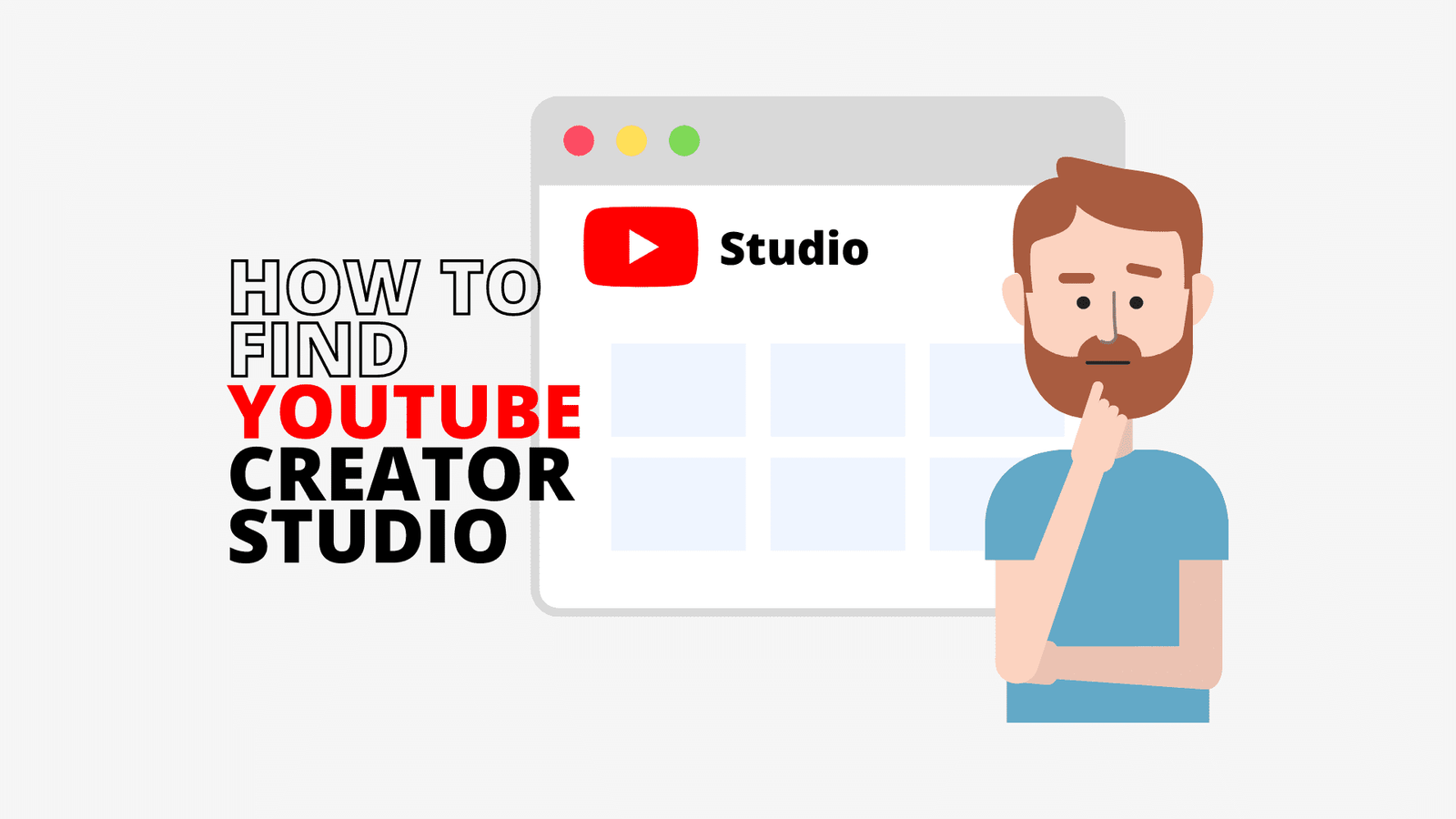In the rapidly evolving world of AI chatbots, two major players have emerged: ChatGPT and Google Bard.

These innovative conversational AI tools have revolutionized the way we interact with technology and have become essential in various business processes, content production, and development.
But can ChatGPT truly surpass Google Bard AI, or do both have their unique strengths and limitations?
In this comprehensive comparison, we will delve into the intricacies of both ChatGPT and Google Bard, exploring their capabilities, features, and potential implications.
Evolution of AI Chatbots: ChatGPT and Google Bard
To truly understand the capabilities of ChatGPT and Google Bard, it’s essential to grasp the underlying technology that powers these AI chatbots.
Both ChatGPT and Google Bard rely on large language models (LLMs) to generate human-like responses.
These LLMs are machine learning models designed to perform natural language processing (NLP) tasks, enabling the chatbots to understand and generate text.
ChatGPT, developed by OpenAI, was one of the pioneering AI chatbots in this space. It was trained on a massive amount of internet text, utilizing a large language model known as GPT-3.5.
While ChatGPT’s model has received some topical updates, its dataset is limited to 2021, potentially impacting its ability to provide the most up-to-date information.
On the other hand, Google Bard utilizes its own LLM called PaLM 2.
Google’s LLM technology has evolved from its initial model, LaMDA (Language Model for Dialogue Applications), which was first announced at Google I/O in 2021.
PaLM 2 represents a substantial upgrade, offering better creative writing, coding skills, math problem-solving, and expanded language support.
Key Features and Capabilities
Both ChatGPT and Google Bard offer a range of features and capabilities that make them valuable AI chatbot tools. Let’s explore the key features of each:
ChatGPT Features:
- Summarization and Text Generation: ChatGPT can generate summaries and other types of text based on input prompts.
- Conversational Responses: It provides conversational responses, allowing users to engage in dynamic interactions.
- Contextual Understanding: ChatGPT employs contextual understanding, taking into account the context of the conversation to generate relevant responses.
Google Bard Features:
- Broad Language Support: With PaLM 2, Google Bard offers support for multiple languages, including Japanese and Korean, with plans to expand to 40 more languages.
- Enhanced Creative Writing: PaLM 2’s upgrades enable Google Bard to excel in creative writing, making it a powerful tool for various content-related tasks.
- Coding and Math Problem-Solving: Google Bard’s capabilities have been enhanced to assist with coding and math problem-solving, providing users with valuable support in these areas.
Comparing the Underlying Technology
While both ChatGPT and Google Bard rely on LLMs, it’s essential to explore the specific models powering these chatbots to understand their differences in performance and capabilities.
ChatGPT’s GPT-3.5 Model:
GPT-3.5 is the large language model behind ChatGPT. It kick-started the generative AI chatbot revolution, but its dataset is limited to 2021, potentially affecting the accuracy and relevance of its responses.
However, OpenAI offers a premium version, ChatGPT Plus, which includes access to GPT-4.
This premium version provides a more recent dataset, access to live information, and image processing capabilities, offering users an enhanced experience.
Google Bard’s PaLM 2 Model:
Google Bard, on the other hand, utilizes the PaLM 2 LLM, representing a significant upgrade from the initial LaMDA model.
PaLM 2 offers improved creative writing, coding skills, math problem-solving, and support for multiple languages.
With PaLM 2, Google Bard aims to provide users with a comprehensive and versatile AI chatbot experience.
Potential Overlap and Differentiation
The question remains: can ChatGPT completely overshadow Google Bard AI, or is there room for both to coexist?
It’s important to acknowledge that both AI chatbots have their unique strengths and limitations.
ChatGPT, with its extensive training on internet text, excels in generating human-like responses and engaging in dynamic conversations.
Its ability to understand context and provide conversational responses makes it an excellent choice for various applications.
However, its limitations lie in the age of its dataset, potentially affecting the accuracy and relevance of its responses.
On the other hand, Google Bard, powered by PaLM 2, offers enhanced language support, creative writing capabilities, and specialized assistance in coding and math problem-solving.
These features make it a strong contender for content-related tasks and specific knowledge domains. PaLM 2’s ability to adapt to multiple languages and provide valuable support in various fields sets Google Bard apart.
The Future of AI Chatbots: Challenges and Opportunities
As AI chatbot technology continues to evolve, challenges and opportunities arise. Privacy concerns, data sensitivity, and the need for accurate information are key considerations for both ChatGPT and Google Bard.
Recently, Google warned its employees about submitting sensitive data to Bard, emphasizing the importance of safeguarding confidential information.
Privacy issues surrounding AI chatbots are not unique to Google, as other tech giants also grapple with similar challenges.
While AI chatbots can provide valuable insights and assist with information retrieval, their reliance on autocomplete-like programs and statistical analysis of language introduces the potential for presenting false information as truth.
Users must exercise caution and verify the accuracy of responses obtained from AI chatbots.
However, the potential of AI chatbots is immense. AI-powered features in search, as exemplified by Google’s integration of AI advancements into its products, can distill complex information and multiple perspectives into easily digestible formats.
This allows users to quickly grasp the big picture and explore diverse opinions or perspectives on a given topic.
Conclusion: Embracing the Synergy
In the quest to determine whether ChatGPT can outshine Google Bard AI, we must acknowledge that both chatbots have their unique strengths and limitations.
While ChatGPT’s extensive training on internet text enables it to generate human-like responses and engage in dynamic conversations, Google Bard, with its PaLM 2 model, offers enhanced language support, creative writing capabilities, and specialized assistance in coding and math problem-solving.
Rather than viewing these AI chatbots as competitors, it’s crucial to embrace the synergy they bring. Each serves a distinct purpose and can excel in specific applications.
ChatGPT’s conversational abilities make it suitable for interactive engagements, while Google Bard’s language versatility and specialized skills cater to content production and knowledge-intensive tasks.
As AI chatbot technology continues to advance, we can expect both ChatGPT and Google Bard to evolve further, addressing current limitations and introducing new features.
The future holds exciting possibilities for AI integration in our everyday lives, revolutionizing how we interact with technology and access information.
In conclusion, while the question of whether ChatGPT can completely overshadow Google Bard AI remains unanswered, the coexistence of both chatbots highlights the diverse opportunities and advancements in the field of AI chatbot technology.
It’s a fascinating journey that will undoubtedly shape the future of human-computer interactions.




